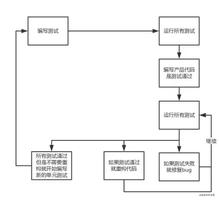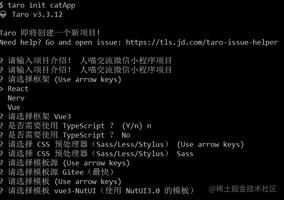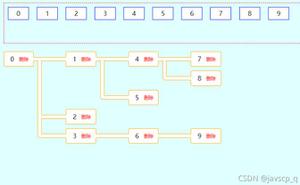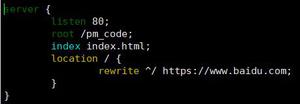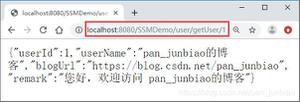vue JSX使用案例

备注:Vue JSX语法在.vue或者.jsx文件中使用方法都是一样的
概要:
- v-model(可直接食用,必须是引用类型(v-model={xxxObj.xxxProperty}),如果不是,请加上this(v-model={this.xxxProperty}))
- v-show(可直接食用)
- v-if( 需要转为js,三元表达式,or,var && <ComponentXXX /> )
- v-for(需要转为js map函数,同时注意map返回的组件,要加key)
- style = {}
- class= [] || {}
- directives = []
- key = String || Number (map 返回的组件要加)
- ref = String (组件or dom元素 的引用)
- slots (写在组件内部,<Component><div slot="xxxName" /></Component>)
- scopedSlots(scopedSlots={ scopedSlotsName: Function })
- props (单个属性:propertyXXX={xxx},多个属性:就是props = {xxx},后者覆盖前面的)
- domProps = {}( 如:innerHTML)
model (特别注意,model不能作为单个属性传递,会报错,要传model,用props={ model: xxx }),model是VUE的特殊属性
- attrs(attrs={xxx})
- on 监听组件事件(单个on【FunctionName】(onChange={this.onChange}),or,on: { onChange: this.onChange})
- nativeOn 监听原生事件(单个nativeOn【FunctionName】,多个:nativeOn: {},和on类似)
- 指令(不能使用:var | fitlerFn, 只能使用函数包裹:filterFn(var, ...otherParam),filterFn必须是methods里面定义)
render小组件的使用(ComponentB)
以下是一个JSX例子
<script type="text/jsx">import ComponentA from "./ComponentA";
const ComponentB = {
render() {
return <div>ComponentB</div>
}
}
export default {
components: {
ComponentA,
ComponentB
},
data() {
return {
input: '',
visible: true,
show: false,
list: ['北京', '天津', '上海', '广州', '深圳', '重庆']
}
},
mounted() {
console.log(this.$refs);
},
render() {
const change = (e) => {
console.log('change print', e)
}
return(
<div>
<div>
<span>v-model的使用</span>
<a-input v-model={this.input} style="width:200px" />
<span>{ this.input }</span>
</div>
<div>
{ this.visible && <span>v-if</span> }
</div>
<div>
<span>v-show的使用</span>
<span v-show={this.show}>v-show</span>
</div>
<div>
<span>v-for的使用,以及key的使用,尽管不会报错,还是要加上</span>
{ this.list.map(v => (<span key={v}>{v},</span>))}
</div>
<div>
<span>组件传值,监听事件,以及slots,scopedSlots插槽等,以及小组件render的使用(ComponentB)组件</span>
<ComponentA
ref="ComponentA"
msg="hello word"
props={{userName: '张三'}}
attrs={{age: 18}}
scopedSlots={{
content: ({ sex }) => {
return <div>{ sex }</div>
}
}}
on={{
change: change
}}
>
<ComponentB
slot="default"
/>
<div slot="header">header slot</div>
<div slot="footer">footer slot</div>
</ComponentA>
</div>
</div>
)
}
}
</script>
<style lang="less" scoped>
</style>
备注:<ComponentB 的 slot = "default" 可省略
ComponentA代码:
<script type="text/jsx">export default {
props: ['msg', 'userName'],
render() {
return <div>
{ this.$slots.default }
{ this.$slots.header }
{ this.$scopedSlots.content({ sex: '男'}) }
{ this.$slots.footer }
</div>
}
}
</script>
以上是 vue JSX使用案例 的全部内容, 来源链接: utcz.com/z/375357.html


